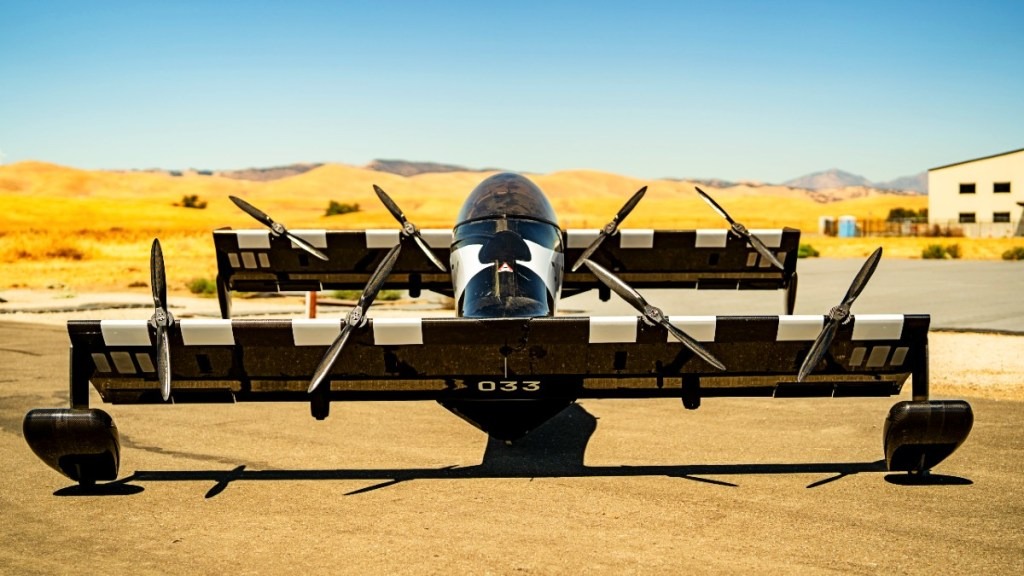Flying hundreds of feet above the ground in a small aircraft without any piloting experience might seem like a nightmare to many. However, for me, it has been a lifelong dream, inspired by Tom Cruise’s thrilling aerial maneuvers in “Top Gun.”
Companies like Pivotal and several competitors in the emerging electric vertical takeoff and landing (eVTOL) sector have developed one-seat electric aircraft designed to unleash your inner pilot, regardless of prior flight training. However, Pivotal mandates a 10-day training program for all new owners, regardless of their piloting background. This course includes approximately 40 hours of simulator training to ensure familiarity with the aircraft, followed by 10 actual flights to test your skills in a real environment.
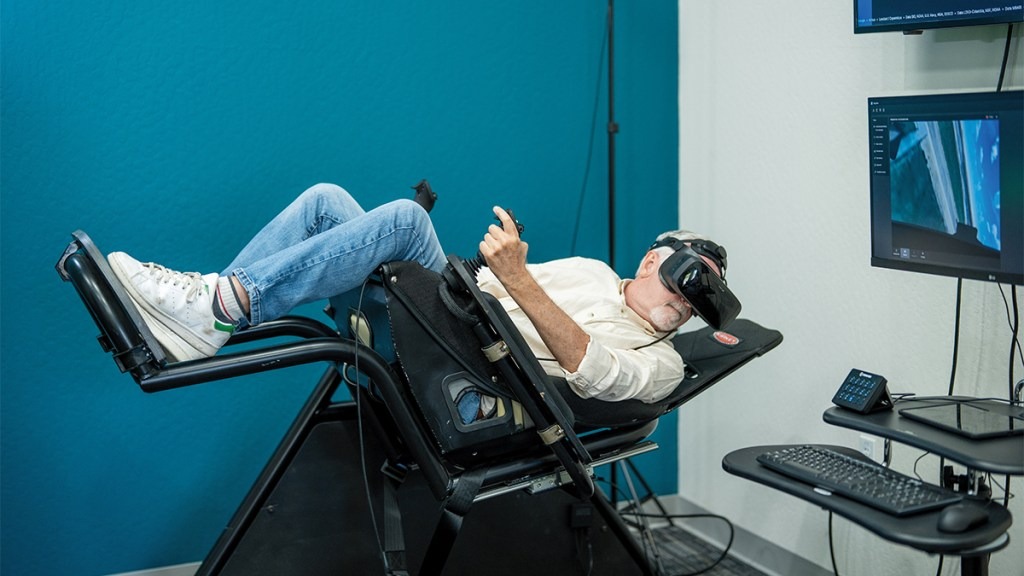
The aircraft I trained in, the BlackFly, is a pre-production version of the Helix. It has been in development for 14 years, evolving significantly from the garage-built prototype that Marcus Leng first flew in 2011. That initial flight was a historic moment aimed at demonstrating that an affordable electric aircraft could revolutionize aviation. At a summer barbecue, Leng showcased his 14-foot-long, two-wing design, warning guests to stand clear as he powered up the electric engines and took off, barely 10 feet above the ground, leaving a trail of divots in the lawn but proving the concept was viable.
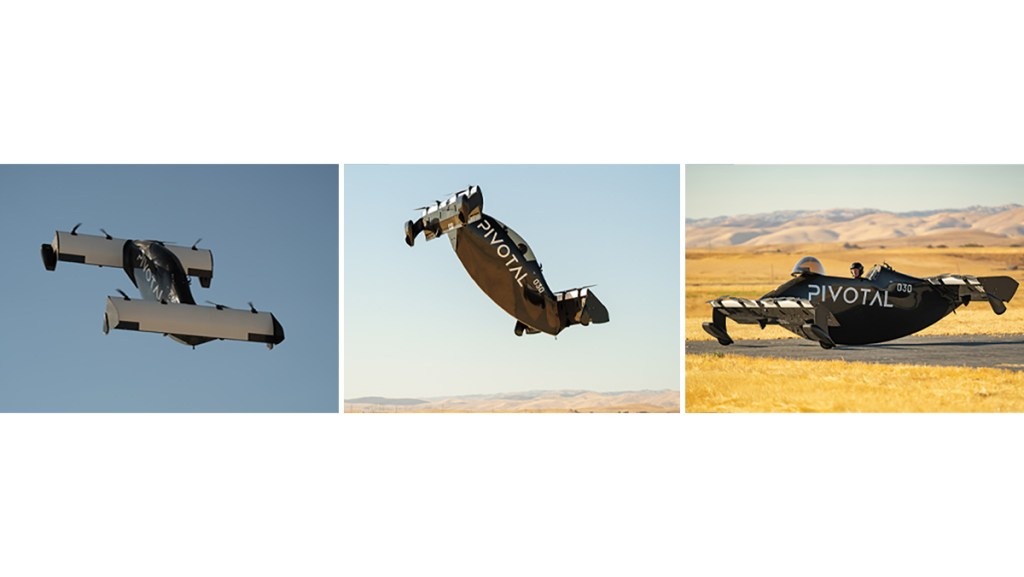
Since that day, Leng has propelled his vision forward, completing four iterations of the design, conducting over 7,000 piloted flights, and accumulating 40,000 flight miles. The BlackFly has transformed into a production-ready version called the Helix, which comes with a base price of $190,000—comparable to a Lamborghini Huracan, but unlike the luxury sports car, this aircraft can soar over rugged terrains and across lakes at altitudes of 300 feet.
Pivotal, which moved from Toronto to Silicon Valley in 2014, is backed by Google co-founder Larry Page and aims to leverage the area’s vast expertise in electric vehicle and battery technology. The company’s headquarters in Palo Alto consists of two unremarkable buildings that blend into the neighborhood, but the magic happens inside—an air-conditioned simulator room where I spent the next six days preparing for my flights. Meanwhile, in the production area, several Helixes were in various stages of assembly.
The BlackFly was designed under the FAA’s Part 103 Ultralight category, which requires no formal flight training but imposes weight limits—maximum dry weight of 254 pounds, with the BlackFly’s total weight at 348 pounds due to its ballistic parachute and flotation systems. Pilots must weigh no more than 220 pounds, and the aircraft is restricted to a maximum speed of 55 knots (about 63.3 mph), prohibiting flights over populated areas.
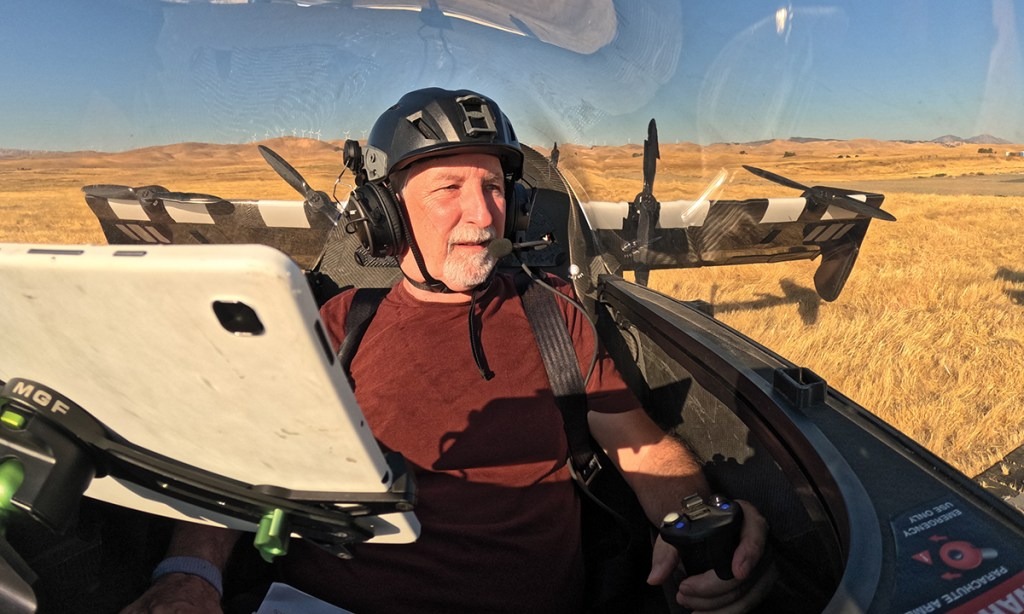
“It’s going to feel overwhelming at first,” said my instructor John Gilbert, alongside Sabrina Alesna, who guided me through the training. Both are FAA-certified instructors with extensive experience teaching novice pilots. Gilbert’s words rang true as I struggled during my initial simulator sessions. As someone who isn’t into gaming, the joystick felt foreign, and the VR goggles, which simulated the cockpit view, left me feeling queasy.
Gilbert and Alesna took on contrasting roles—one providing encouragement while the other pointed out potential mistakes that could lead to accidents. Each training flight concluded with either praise or constructive criticism, depending on my performance. Gradually, as we progressed through the curriculum, I became more adept at using the joystick, which is the only control for the aircraft. Alesna emphasized that smooth movements were key; there was no need for a vice grip or abrupt maneuvers.
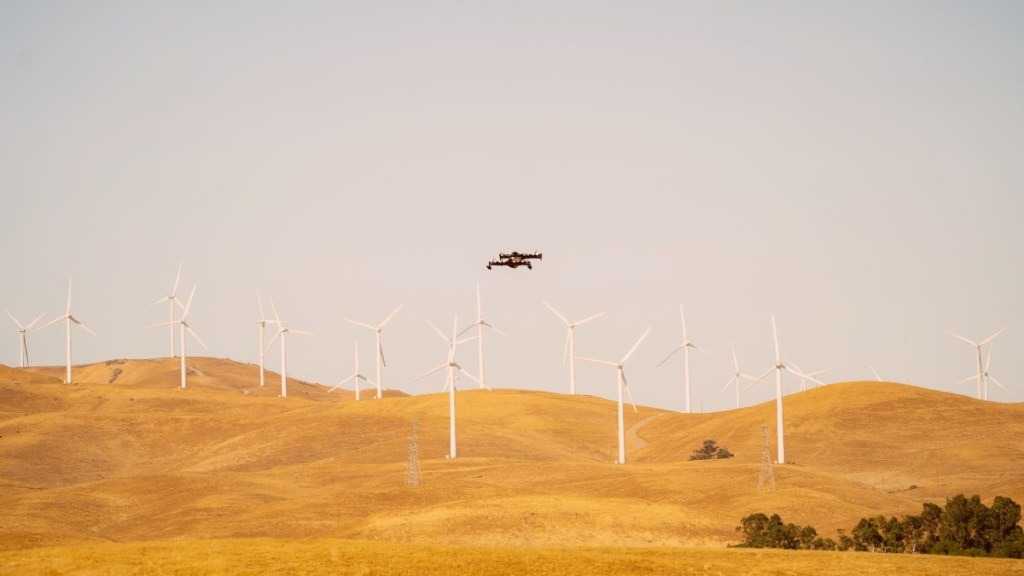
The training consisted of 19 lessons focusing on basic takeoff procedures and hover-to-cruise transitions, which were reinforced through repetition. As I advanced, we practiced dealing with emergency scenarios like engine failures and GPS outages. Gilbert also introduced challenging wind conditions to keep me engaged. Each lesson culminated in a flight test that required precise altitude and heading adherence.
The BlackFly’s impressive capabilities stem from its fly-by-wire control system, which is standard in advanced aircraft like fighter jets. This technology serves as an invisible co-pilot, making real-time adjustments to compensate for wind and altitude changes while continuously monitoring critical flight parameters.
“There’s a lot of technology integrated into the system,” Greg Kerr, the director of product marketing, explained. A former Tesla engineer, Kerr joined Pivotal to enhance the safety features of the BlackFly for novice pilots, implementing triple redundancy in the flight control systems to ensure safety even if multiple engines fail.

After completing simulator training, we transitioned to a rural airport in Byron, located about an hour from Palo Alto. For days, I had been virtually flying over this landscape, which now stretched before me: golden hills dotted with wind turbines and grazing cattle. I felt anxious as I prepared for my first real flight; making mistakes in a simulator was one thing, but at altitude, the stakes were higher. Gilbert would be monitoring my instruments from the ground, but if I made an error, I would need to handle it myself.
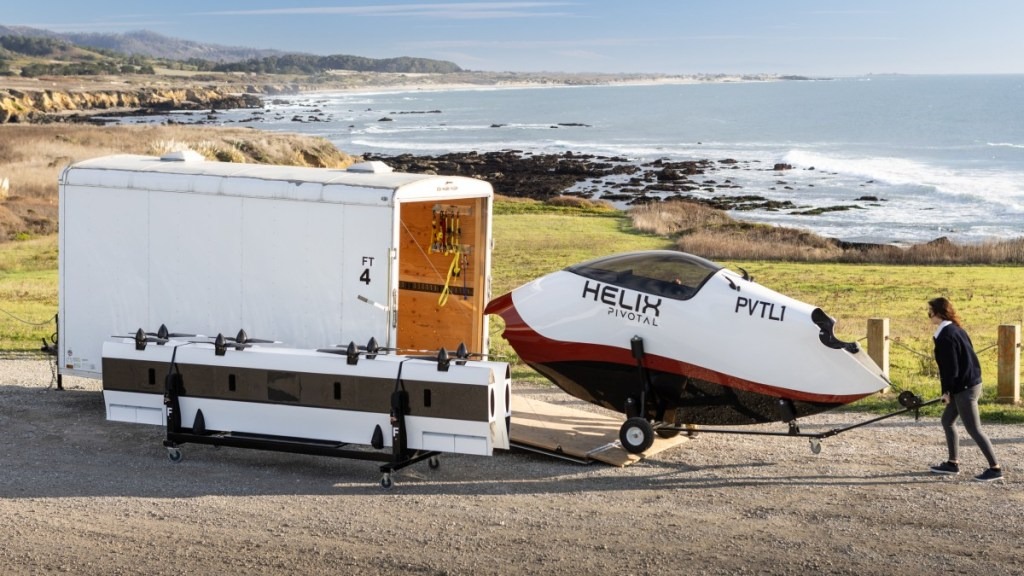
The BlackFly’s unique oval shape, rectangular wings, and eight propellers gave it a futuristic look. As I strapped in and completed my pre-flight checklist, the initial flights were short, focusing on hover patterns. I experienced a jolt of power during takeoff but, thanks to simulator practice, I was ready. The loud whirring of the engines in hover mode was unexpected but manageable.
The flights gradually became more complex, transitioning between hover and cruise modes. Initially, I fixated on the instrument panel, but over time, I learned to relax and enjoy the beautiful scenery around me. By my fifth flight, I had developed confidence and began to appreciate the experience, marveling at the rolling hills and the cows below.

The BlackFly is constructed from carbon-fiber composites, aluminum, and titanium, resulting in a sleek yet robust design. While the interior is minimalistic, the Helix model boasts higher-quality finishes, including advanced navigation systems and enhanced safety features.
Would I invest in one? Perhaps, if I had the necessary land and budget. I was impressed by the dedication and enthusiasm displayed by everyone at Pivotal as they worked to make the Helix accessible to the public, especially for emergency services and firefighting.
What stood out most was the company’s patient approach. The development of the BlackFly took a decade and countless hours of research, with Pivotal keeping the project under wraps until 2018 when they were confident it was ready for the market. This facility, with 200 employees, reflects the transition from a startup to a production powerhouse.
Ultimately, the real measure of any experience is whether you’d want to do it again. Initially, I thought this training would be a one-time affair. However, just two days later, I found myself longing to take to the skies once more, realizing that this journey was just beginning.


